

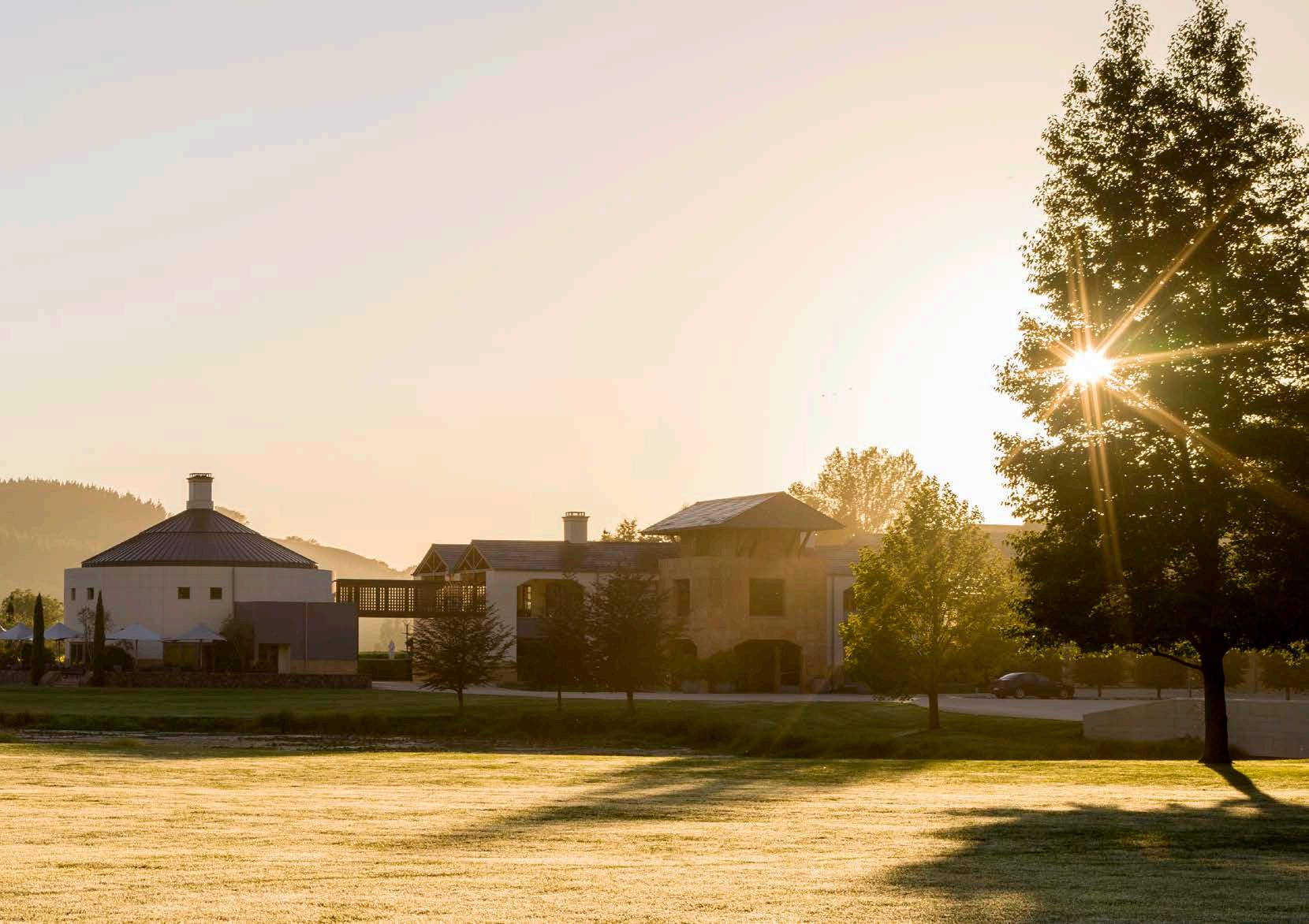




Established in 1998, Craggy Range is a family-owned winery situated in the shadow of the spectacular Te Mata Peak in the premium wine-growing area of Hawke’s Bay, New Zealand. With an unrelenting focus on quality, Craggy Range produces a collection of iconic wines from their exceptional estates in Hawke’s Bay and Martinborough.
When Craggy Range owners Terry and Mary Peabody first set out to start a winery with world class aspirations, their search quickly brought them to New Zealand. Looking down from Te Mata Peak onto the land where Craggy Range now stands, they were clear that they wanted to create a winery and an experience which truly evoked the unique landscapes and heritage of the region.
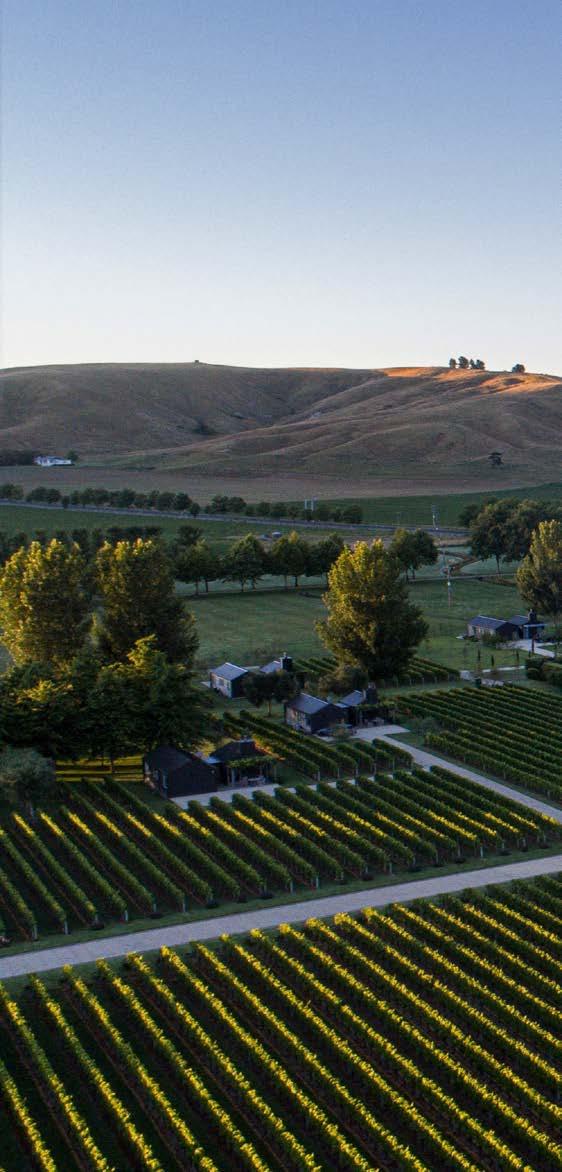
 GIMBLETT GRAVELS, HAWKE’S BAY
TE MUNA ROAD, MARTINBOROUGH
GIMBLETT GRAVELS, HAWKE’S BAY
TE MUNA ROAD, MARTINBOROUGH
Taking an innovative position of pursuing a multiregional approach to wine growing meant we didn’t have to compromise. After discovering the promise of New Zealand, the Peabody family focused on the Gimblett Gravels Winegrowing district in Hawke’s Bay and Te Muna Road in Martinborough to produce a collection of wines that speak very much of their place.
We have an ambition to sit comfortably alongside the great wineries of the world. This ambition is underpinned by a focus on quality, evolution and custodianship, specifically around community and our land. In 2020 we embarked on an ambitious biodiversity project which will see us plant more than 100ha of native trees within our Martinborough vineyards, improving the biodiversity and eventually the quality of our soil.
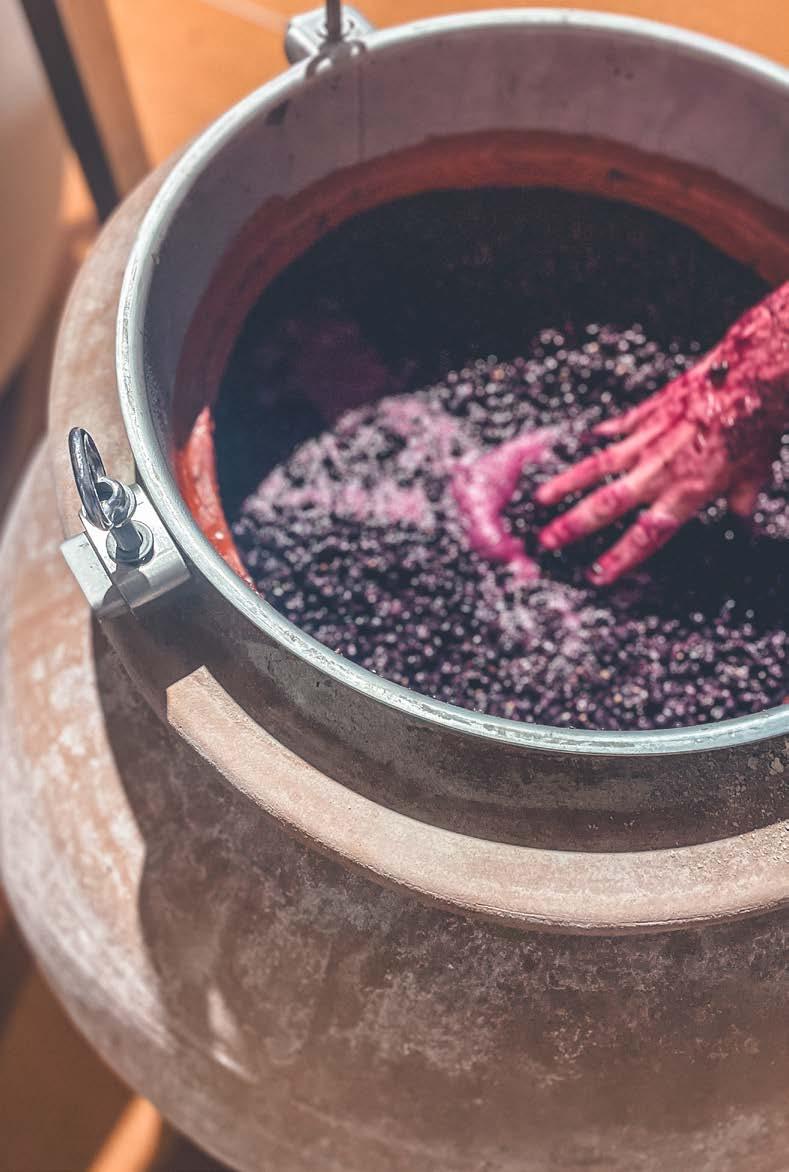
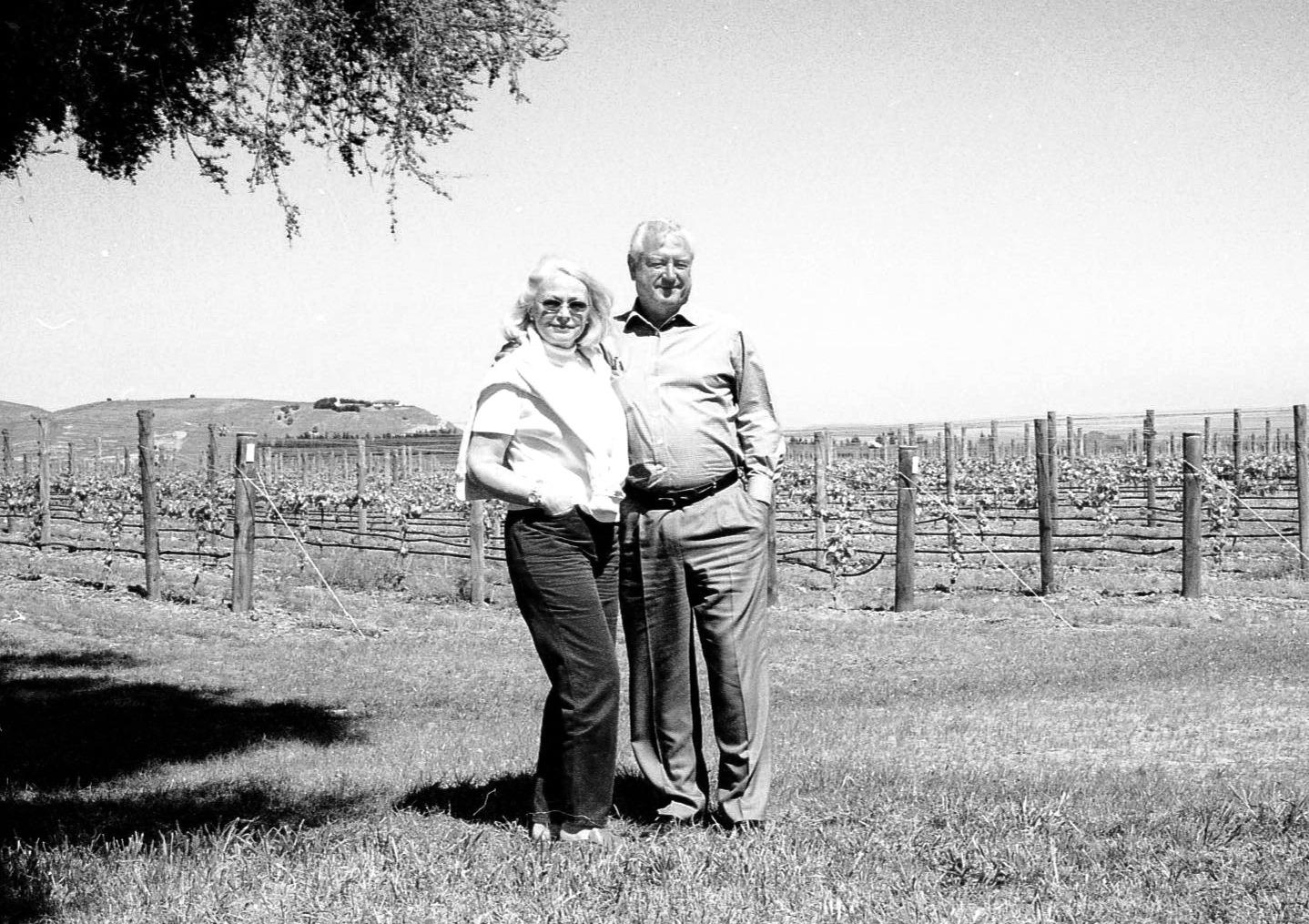

To ensure a firm commitment, Terry Peabody honoured the original promise of leaving a legacy for the family to come and established a 1,000-year trust, meaning the winery can never be sold. What has followed in the last twenty or so years has been the development of an iconic New Zealand winery that has never lost sight of its provenance or its family ties.

IT WAS THE YEAR WHEN ATTENTION TO DETAIL, MODERATE CROP LEVELS, AND METICULOUS PICKING DECISIONS WERE PARAMOUNT TO ACHIEVING HIGH-QUALITY WINE; FORTUNATELY FOR US AT CRAGGY, THIS IS HOW WE FARM EVERY YEAR.
The vintage of 2022 was defined by an extremely warm December and January. In both regions, up until this point, we’d been tracking as an average year. However, a considerable temperature spike in these months accelerated vine growth and, most importantly, physiological ripeness. This was critical when rainfall events occurred during February and March and showed the value of our soils’ free-draining nature.
The dry period in Hawke’s Bay was shortened compared with the last three vintages, reducing stress on the vines and maintaining ideal canopies. Martinborough experienced significantly less wind, which is unusual in the region; this reduced water pressure on the vines and required minimal irrigation. The viticulture team made multiple passes to fine-tune crop load and canopy structure to ensure maximum ripeness. The result was that we could harvest whites early with good sugar and intense flavours.
Harvest started in the Gimblett Gravels in mid-February, with fruit showing superb fruit concentration and excellent condition. For the reds, whilst potential alcohol was lower, the early development during that warm spring has resulted in fantastic ripe flavours and soft, mature tannin.
Add in a paragraph about Martinborough harvest with a pinot noir focus.
THE MARTINBOROUGH DISTRICT WAS ORIGINALLY SELECTED FOR ITS UNIQUE COMBINATION OF SOILS AND CLIMATE.
Martinborough has two significant climatic influences. Firstly, wind. Particularly in spring and early summer, reducing vigour and crop on the vines. Secondly, warmth. While Martinborough is similar in degree days to Marlborough, the structure of this heat is quite different. The higher elevation, shelter and distance from the ocean means we are not affected by the sea breeze in summer. The effect is a cooler spring and later start to bud burst and a more continental environment.
Two distinct terraces make up the vineyard, one comprising alvi-fulvic soils that are more than 20,000 years old and at higher altitudes. These rocks are full of complex minerals such as feldspars
and argillite, slowly released into the surrounding soil. The subsoil layers also contain ancient weathered volcanic ash, which has reacted with the rocks and hastened their decomposition to a point where they can be easily broken. This produces exceptional Pinot Noir, which stylistically shows incredible complexity, a reserved intellectual feel, and great length. The second lower terrace comprises younger stony soils interlaced with limestone lumps, providing an excellent environment for Sauvignon Blanc. Here the vines are matched and planted to these variations, creating more than ten individual parcels within the vineyard.
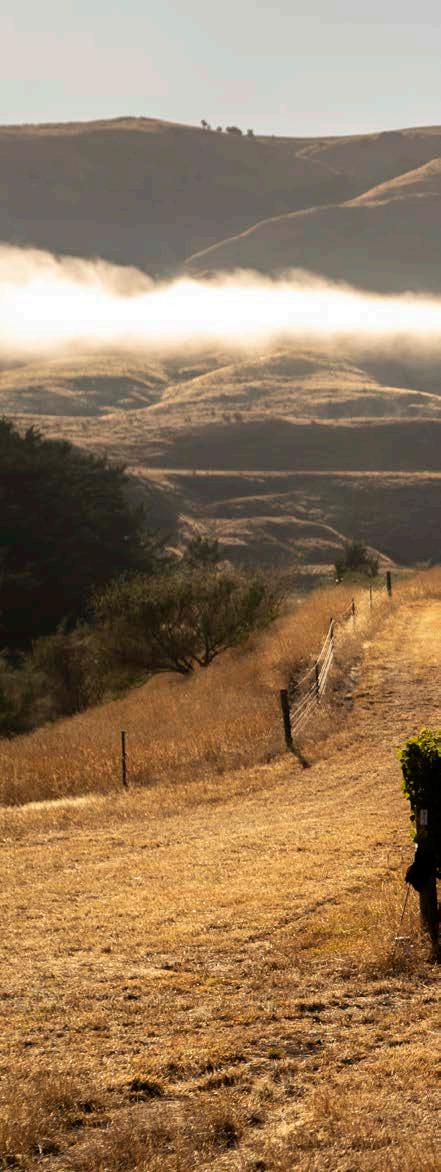

LATITUDE: 41.2
SEASONAL RAINFALL: 446mm
AVERAGE VINE AGE: 15-20 years
DEGREE DAYS: 1160. This compares to 1346 in Marlborough
SOIL TYPES: Top Terrace: 75b Tauherenikau stony silt loam.
Lower Terrace: Greytown silt loam and sandy loam,
Ruamahanga sandy loam Omahu Stony Gravels Class 1
TOTAL PLANTED LAND AREA: 94.44ha
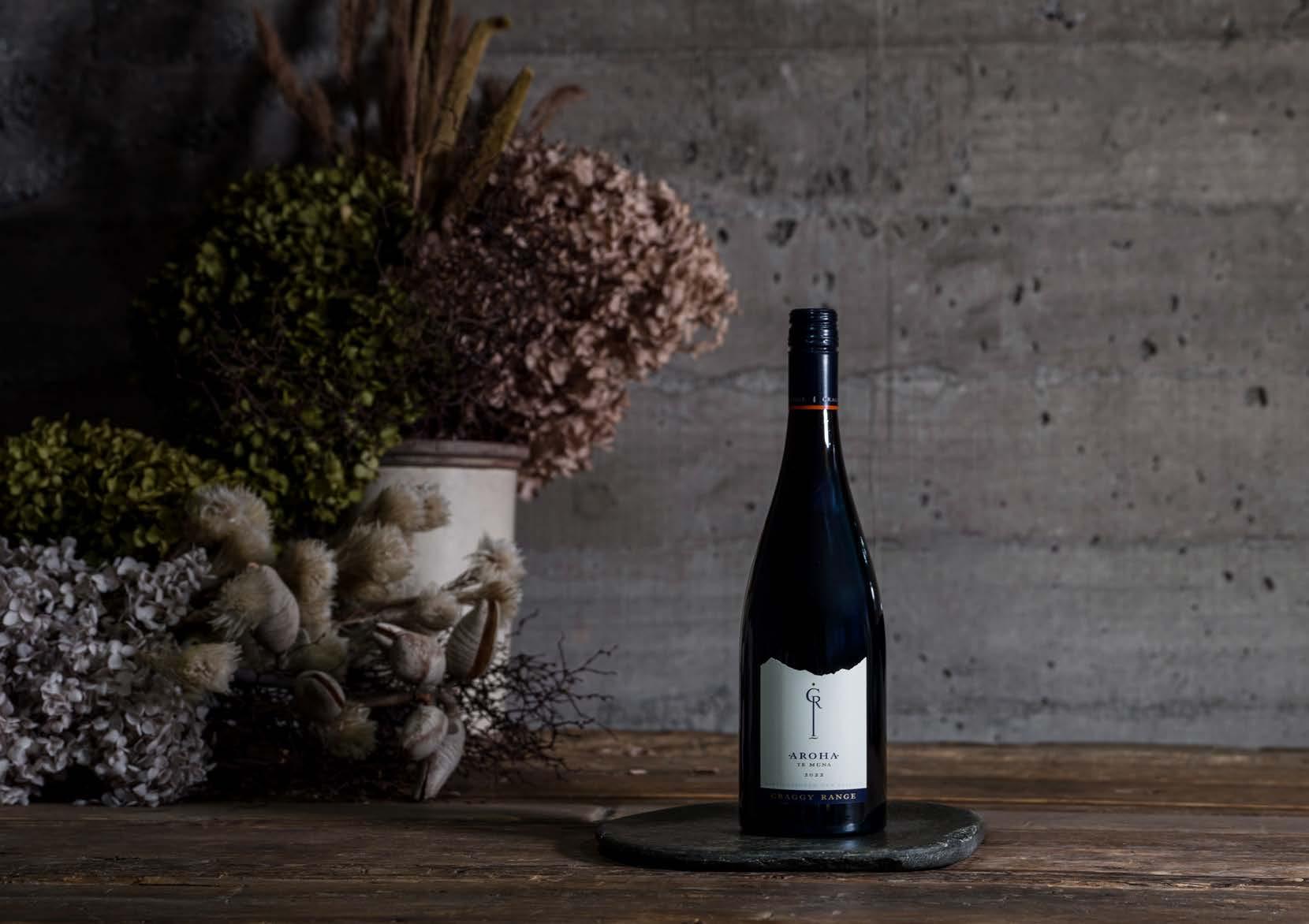
Aroha is a romantic word in the Maori language of New Zealand, meaning love. Reflective of its namesake, Aroha is handcrafted with passion from unique parcels of Pinot Noir, including one of the renowned Abel clone. The pedigree of particular blocks in our Te Muna vineyard is paramount to the quality of this wine. At over 20 years of age, the balance in our best blocks, identified by a narrow band of clay over stone, straddles that line between power and beauty. When crafting this wine, we look for the quality of tannin to be the ultimate driver, and with Aroha, the velvet line provides unmistakable length.
In the glass, this 100% Pinot Noir is bright burgundy with a light crimson hue. Ample perfume. A complex bouquet of glazed cherries, lavender and thyme. A fine-boned structure, red fruit dominated-very focused and pretty. It’s an elegant Aroha release that is already showing tremendous approachability.
MATURATION
months FINING
innoculated
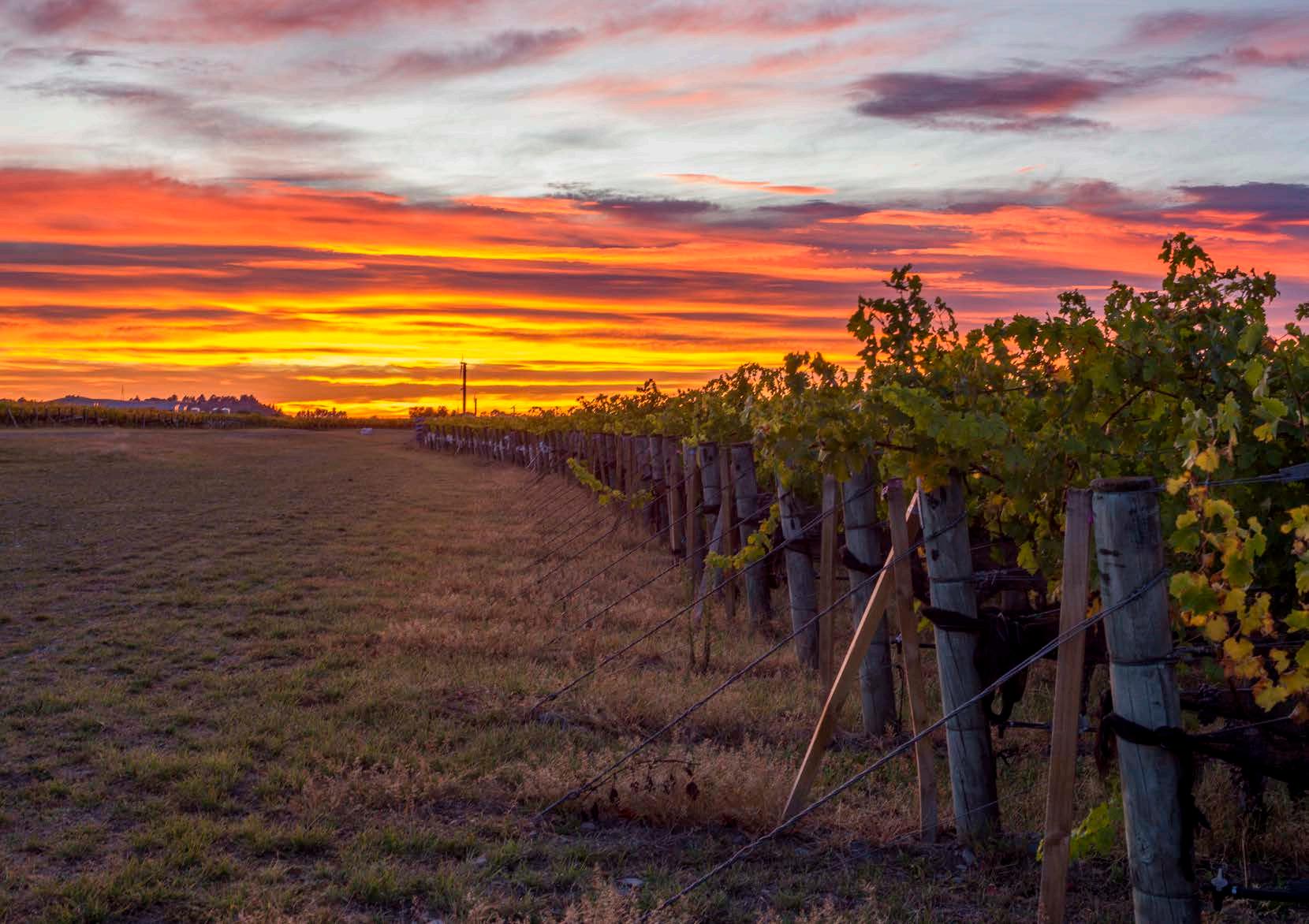
LATITUDE: 39.2
SEASONAL RAINFALL: 448mm
AVERAGE VINE AGE: 16-18 years
DEGREE DAYS: 1503. This compares to 1580 in Napa City, 1450 in Bordeaux and 1346 in Marlborough
SOIL TYPES: Omahu Stony Gravels Class 1
TOTAL PLANTED LAND AREA: 85ha
(approx 15% of the total Gimblett Gravels Winegrowing District)
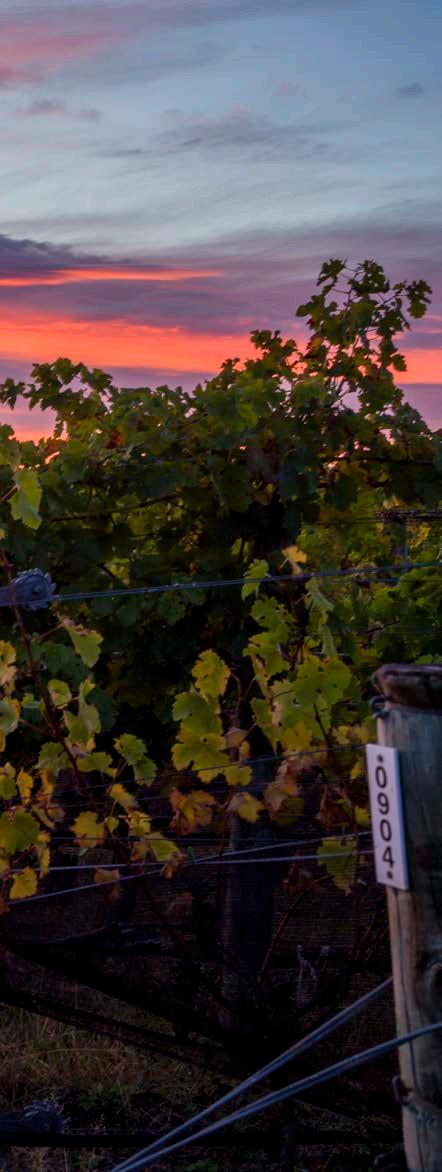
The soils are composed of small to mediumsized greywacke stones, interspersed with layers of silt and sand down to a depth of at least 40 metres. The stones on the surface absorb sunlight and heat during the day and then radiate heat at night, enhancing the vine’s ripening capacity. The stony soil structure allows for very rapid drainage after rainfall events; the low water-holding ability enables us to control vine growth.
Finally, with the low soil content in the profile, there is naturally low fertility which aids in keeping the vigour of the vine low to moderate. These are soils requiring precise preparation and management. When done well, they offer great potential in this locality to produce rich, ripe, yet elegantly structured red wines
with a distinctive mineral, hot stone and fine dusty character, which we affectionately call ‘Gimblett Dust’.
While the Gimblett Gravels is warm for New Zealand standards, it is still not hot in a world wine context. The combination of relatively low altitude and proximity to the sea, yet sheltered from the direct effect of the sea breeze, creates what we describe as a temperate maritime climate. This location, altitude, and the stony soil’s warming influence creates the warmest site in Hawke’s Bay.
The lack of excessive heat in the Gimblett Gravels is also a critical factor as it means the aromatic characters in the fruit, which contribute to the floral notes, are retained.

Le Sol (the soil) is crafted from Syrah grown in the stoniest parts of our Gimblett Gravels Vineyard, planted to a heritage clone brought to New Zealand in the 1840s. Intensively hand-managed, Le Sol is always aromatically pure, with a luscious yet elegant mid-palate and a distinctive fine tannin finish. Rich, evocative, yet refined, Le Sol has evolved in style since its first release over twenty years ago to achieve that balance between intense but floral Syrah in its purest form. The longevity of this wine is never in doubt; however, there is an increasing approachability in this wine upon release, so its beauty can be appreciated now while also anticipating future occasions when it will truly shine.
TASTING NOTE:
A very dark purple core. Aromas of lavender, black tea, graphite, and mulberry resonate. In the mouth, the wine is very expressive. Umami and floral notes complement, creating a deeply flavourful and energetic palate. Tannins are ultra-fine, silk-laden, and thread in with the dense texture, making an already very approachable release, but will reward with cellaring and age with grace.
top French oak cuves



craggy range vineyards ltd.
253 Waimarama Road, Havelock North, Hawke’s Bay, New Zealand
www.craggyrange.com